Reading List
The most recent articles from a list of feeds I subscribe to.
Marathon Launches Next March As Bungie Shares An Updated Look At The Game In Action
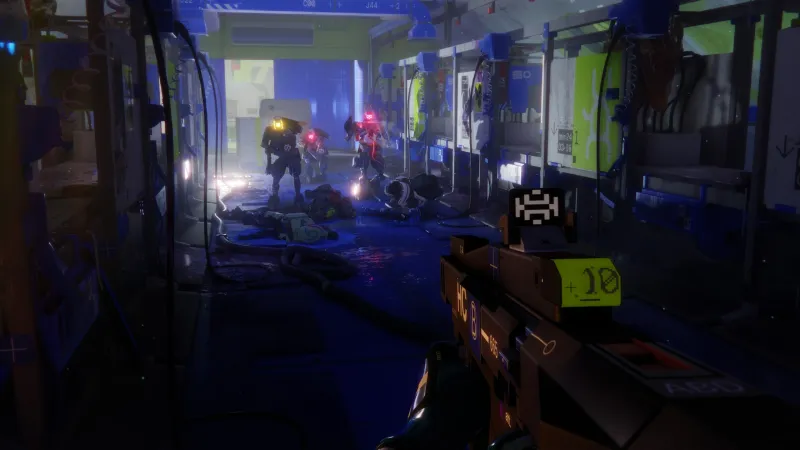
Bungie’s Marathon has a new release window after it was pushed out of its original September 23 launch date. The upcoming multiplayer extraction shooter will now be released in March, and Bungie has shared a new documentary sharing its updated vision for the game
Among other things, the near-23-minute documentary discusses how Bungie is “doubling down” on the Marathon's dark, grounded sci-fi world. The game centers on players controlling bio-cybernetic characters called Runners exploring and scavenging the lost colony of Tau Ceti IV. Runners accomplish this by transferring their consciousness into Shells, high-tech bodies sporting unique capabilities.
The video dives into the new features added to the PvPvE experience since the playable alpha, such as proximity chat, solo queue, and a new Runner shell called Rook. We also get a look at Marathon’s four maps, its copious amount of loot, the various factions players will perform jobs for, and a showcase of the game’s improved visual fidelity, audio, and environmental storytelling.
In addition to sharing the March launch window. Bungie states that the game will be priced at $39.99. Owners will be treated to free gameplay updates throughout the first year, including new maps, new Runner shells, live events, and more. This will kick off with the Season 1 exploration of UESC Marathon’s Cryo Archive.
Bungie also shares that Marathon’s Reward Pass – essentially a battle pass – does not expire, and you can also purchase and unlock prior passes. Bungie hopes this will eliminate the FOMO that players can feel by not logging in regularly. The studio promises that Marathon will never devolve into a “pay-to-win” experience. “We believe in preserving competitive integrity in Marathon, so survival will never come down to how much money you spend,” reads the team’s blog post.
It seems Bungie is taking players' concerns to heart, but it remains to be seen if Marathon can right the ship after some shaky first impressions. First revealed in May 2023, the game now faces some stiff competition in the form of Arc Raiders, a similarly designed extraction shooter that launched on October 30 to a glowing reception from critics and fans. Marathon has also been a subject of controversy surrounding plagiarized art assets that appeared in the game. Earlier this month, it was reported that the issue had been resolved. Here's hoping Marathon is back on track on the road to its launch next spring.
Marathon launches in March 2026 for PlayStation 5, Xbox Series X/S, and PC.
Divinity: Original Sin 2 Surprise Launches On PS5, Xbox Series X/S, And Switch 2 Today
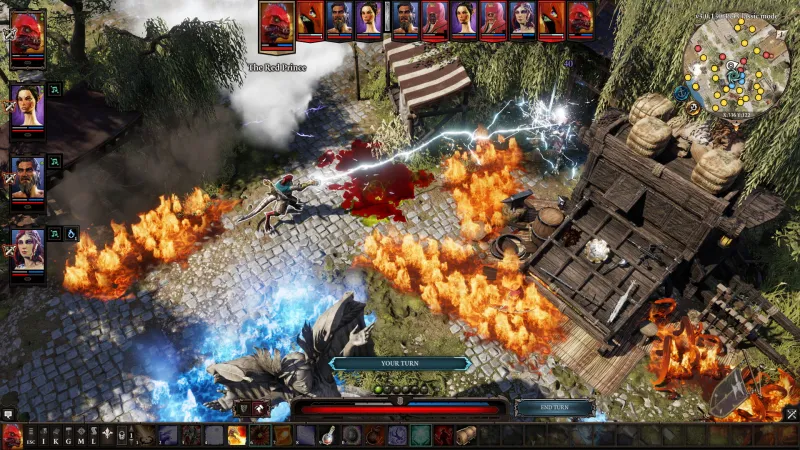
Coming off the reveal of a new Divinity title at the Game Awards last week, Larian Studios has announced that its 2017 RPG Divinity: Original Sin 2 is now available on PlayStation 5, Xbox Series X/S, and Switch 2.
Before Larian Studios catapulted to superstardom with Baldur’s Gate 3, it released the arguably equally beloved Divinity: Original Sin 2 in September 2017. The RPG centers on a band of heroes, hailing from five playable races, to save the world of Rivellon from evil. The game can be played alone or alongside up to three other players in co-op.
Now, Divinity: Original Sin 2 - Definitive Edition, a 2018 enhanced version featuring an expanded storyline and improved gameplay, has arrived to current gen platforms for $49.99. The game is a free upgrade for existing owners of the last-gen releases across PlayStation, Xbox, and Switch.
Additionally, the last-gen versions of the game are currently on sale at a significant discount for a limited time. On PlayStation, you can pick it up for $14.99 instead of its usual $59.99. On Switch, the game is on sale for $24.99. Xbox owners can pick it up for $17.49.
We scored Divinity: Original Sin 2 a 9.75 out of 10. In his review, former Game Informer editor Daniel Tack wrote, “Divinity: Original Sin 2 is one of the greatest PC RPGs of all time, and Larian’s continued dedication to creating incredible freeform adventures inspired by tabletop lineage is inspiring and commendable.”
Tomb Raider Devs Explain Series Timeline, Lara Croft's New Voice, And Links Between Catalyst And Legacy Of Atlantis
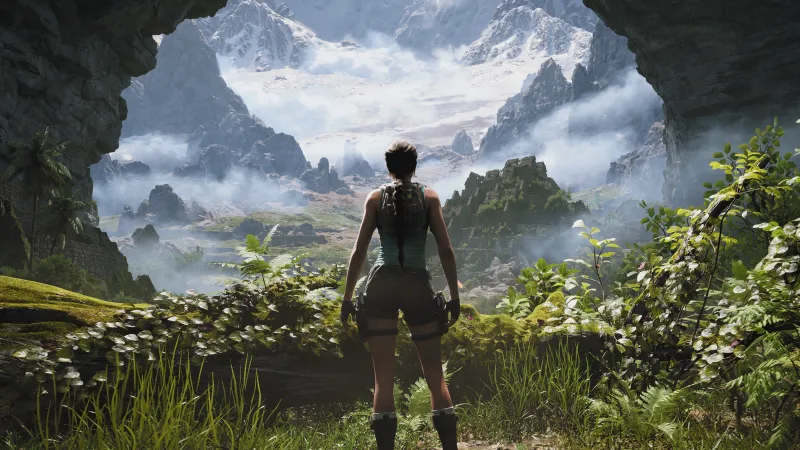
Last week, the Game Awards surprised us with not one, but two Tomb Raider-related announcements: Catalyst, a new entry in the series, and Legacy of Atlantis, a remake of the original Tomb Raider. With a legacy as long as Lara Croft's, however, it raises some questions. First, how do these games fit in a larger timeline?
GamesRadar+ got the scoop on that. "From a timeline perspective, Tomb Raider: Catalyst is set years after the events of Tomb Raider: Underworld," game director Will Kerslake told the outlet. "With the reboot trilogy serving as her origin story, so we're seeing a more experienced Lara Croft."
This means the most recent trilogy of games – Tomb Raider (2013), Rise of the Tomb Raider, and Shadow of the Tomb Raider – occurs sometime before the original 1996 game. By extension, that means they all come before Legacy of Atlantis as well. This is consistent with an update the Tomb Raider team put out back in 2021, when Kerslake said, "We envision the future of Tomb Raider in all its forms as unfolding in a time beyond these established adventures, telling stories that build upon the breadth of both Core Design’s and Crystal Dynamics’ games and working to unify these timelines."
This new duo of games is still serving as a soft reboot, however, which is partially evident by the recasting of the title character. Alix Wilton Regan replaces Camilla Luddington as the voice of Lara Croft in both Catalyst and Legacy of Atlantis, tying the games together as the new future of the Tomb Raider series.
In a press Q&A session following the Game Awards, Crystal Dynamics head of studio Scot Amos spoke about the casting process for the new era. "[Alix Wilton Regan] was already a fan when we met her. And then being able to talk to her, and [we got] a sense that she has that wit and that charm and charisma that is a natural essence and core for Lara, but she also has that confidence and that depth of emotionality that we need for telling these great stories."
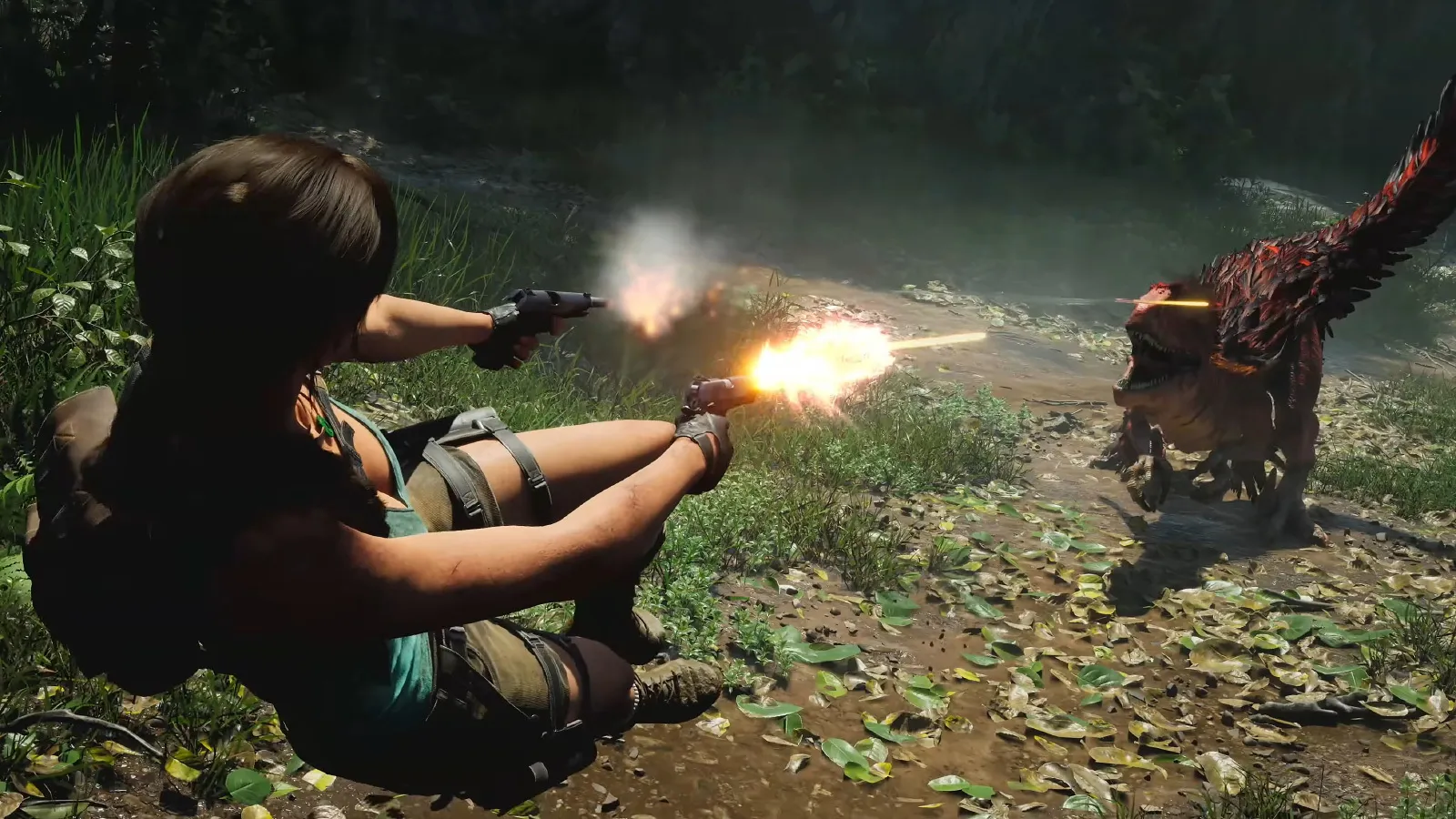 Tomb Raider: Legacy of Atlantis
Tomb Raider: Legacy of Atlantis
Amos also broke down how the development process of Catalyst and Legacy of Atlantis is surprisingly intertwined. "We actually have two distinct development teams, so we're working together," Amos says. "But we have Flying Wild Hog running the Legacy of Atlantis, and we have the Crystal [Dynamics] team from the core working on Catalyst. But we're connected. We actually share technology, we share resources, we share assets. We have one leadership team, visionary team, over top of that, that makes sure everything is on track, everything is within canon, everything makes sense in the various games and the storytelling."
It also emphasizes the "unity" the teams are trying to achieve with Lara Croft going forward. "Same character; Two different time periods in her life," Kerslake says during the Q&A.
For more Tomb Raider, check out the reveals of Catalyst and Legacy of Atlantis from last week's Game Awards.
Invincible VS Gets April Release Date Alongside 'Ella Mental' Character Reveal In Gameplay Trailer
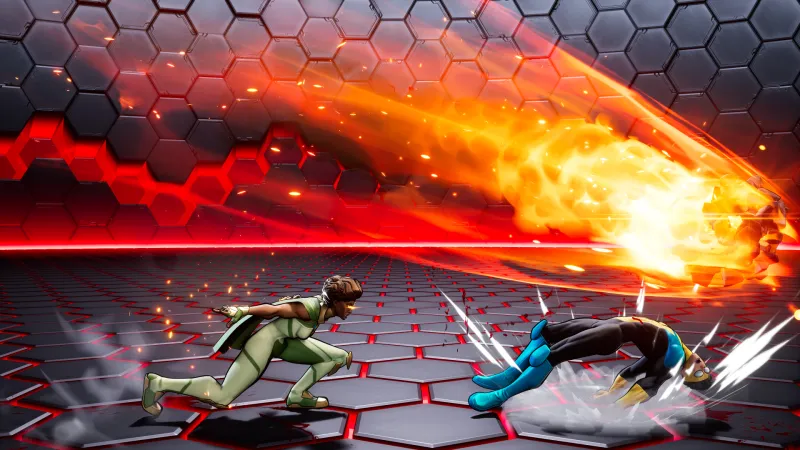
Invincible VS is bringing Robert Kirkman's critically acclaimed superhero comic/animated series to the video game fighting space, and the latest trailer reveals that it launches on April 30 on PlayStation 5, Xbox Series X/S, and PC. That same trailer also reveals Ella Mental, an all-new original character who will be making her Invincible universe debut in Invincible VS when it launches next year.
The trailer, which debuted at The Game Awards 2025, highlights Ella Mental's abilities to command earth, wind, fire, and water after discovering an ancient family totem that grants her superpowers. She will be voiced by rapper Tierra Whack, too.
Check out Ella Mental in the latest Invincible VS trailer below:
"Created by Invincible co-creators Robert Kirkman and Cory Walker, Ella Mental's story begins as an heiress to her family's fortune," a press release reads. "Known for being studious and hardworking, she becomes her grandfather's favorite and gains access to his inheritance, where she discovers an ancient totem that grants her superpowers."
In the press release, Tierra Whack, Ella Mental's voice actor, says, "When I was reading the role for Ella Mental, it felt just like I was reading about myself; it felt divine. We're so alike. She's powerful, she's strong, and she knows what she wants. She's a trailblazer, and as an Invincible fan, I'm so excited to get to voice her."
Ella Mental is one of the 18 playable fighters available in Invincible VS when it launches in April. She joins the likes of Invincible himself, Mark Grayson, Thula, Bulletproof, Atom Eve, Rex Splode, Omni-Man, Battle Beast, Cecil Stedman, Robot, and Monster Girl.
While waiting for Invincible VS, read Game Informer's hands-on preview of the game, and then check out this preview for more details about Cecil.
Are you checking out Invincible VS when it launches in April? Let us know in the comments below!
The Game Awards 2025 - Our Reactions To The Biggest Reveals | The Game Informer Show
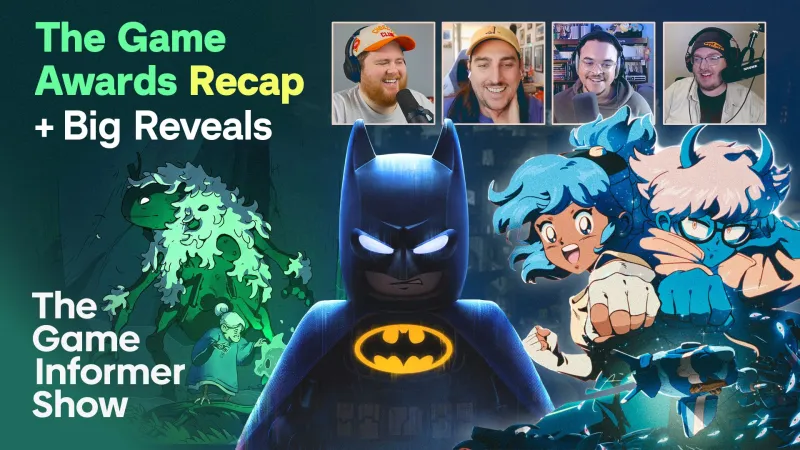
Watch the video version here:
Listen to "The Game Awards 2025 - Our Reactions To The Biggest Reveals" on Spreaker.Follow our hosts on social media:
- Alex Van Aken (@itsvanaken)
- Wesley LeBlanc (@wesleyleblanc)
- Charles Harte (@chuckduck365)
- Eric Van Allen (@seamoosi)